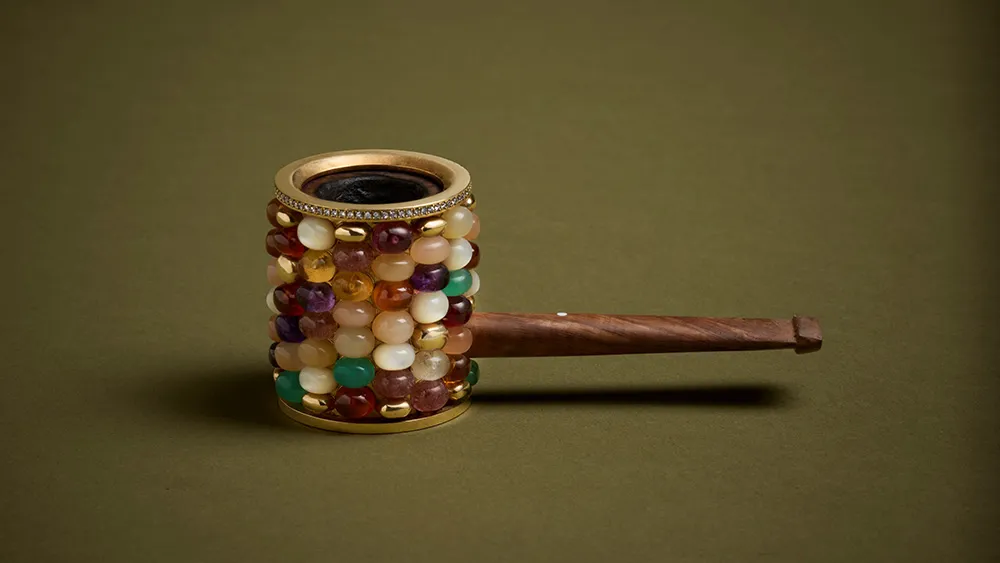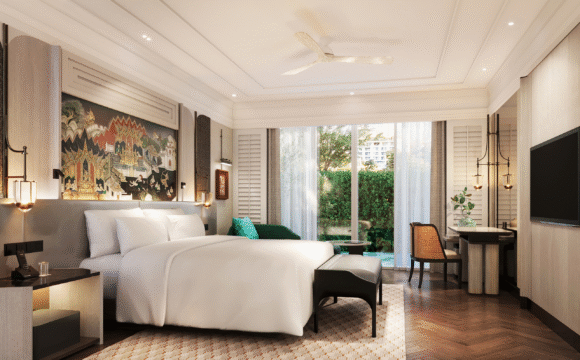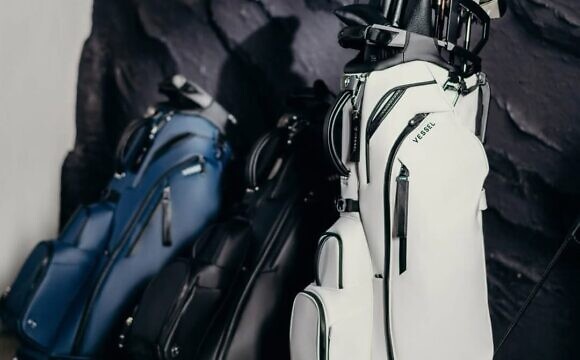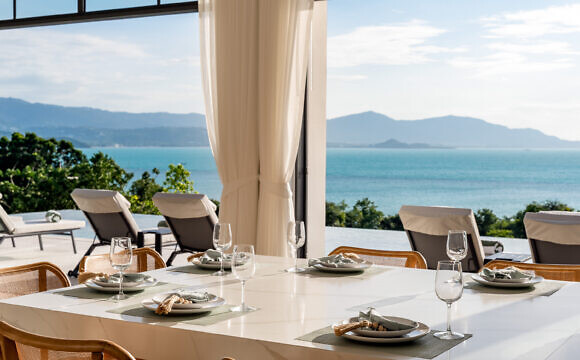With nearly three decades of filmmaking and thirteen feature films to his name, Wes Anderson has more than earned his reputation as an auteur. Known for his signature style and obsessive attention to detail, Anderson’s work is distinctive, imaginative, and—above all—meticulous.
The hallmarks of a Wes Anderson film are instantly recognizable: a retro-leaning aesthetic, dialogue that blends screwball wit with a deep pathos, and an immaculate set design scored by soft rock deep cuts. All of it adds up to one simple truth—no one builds a world quite like Anderson.
Over the years, it hasn’t just been audiences who’ve taken notice of Wes Anderson’s singular style—designers have too. From Marc Jacobs during his tenure at Louis Vuitton to Anderson’s long-running collaboration with Miuccia Prada, luxury houses have eagerly partnered with the director to help bring his distinctive vision to life. In his latest film, The Phoenician Scheme, that tradition continues, with an array of high-end brands working closely with Anderson and his props team to dress the sets in everything from gemstone-studded pipes to a nun’s rosary.
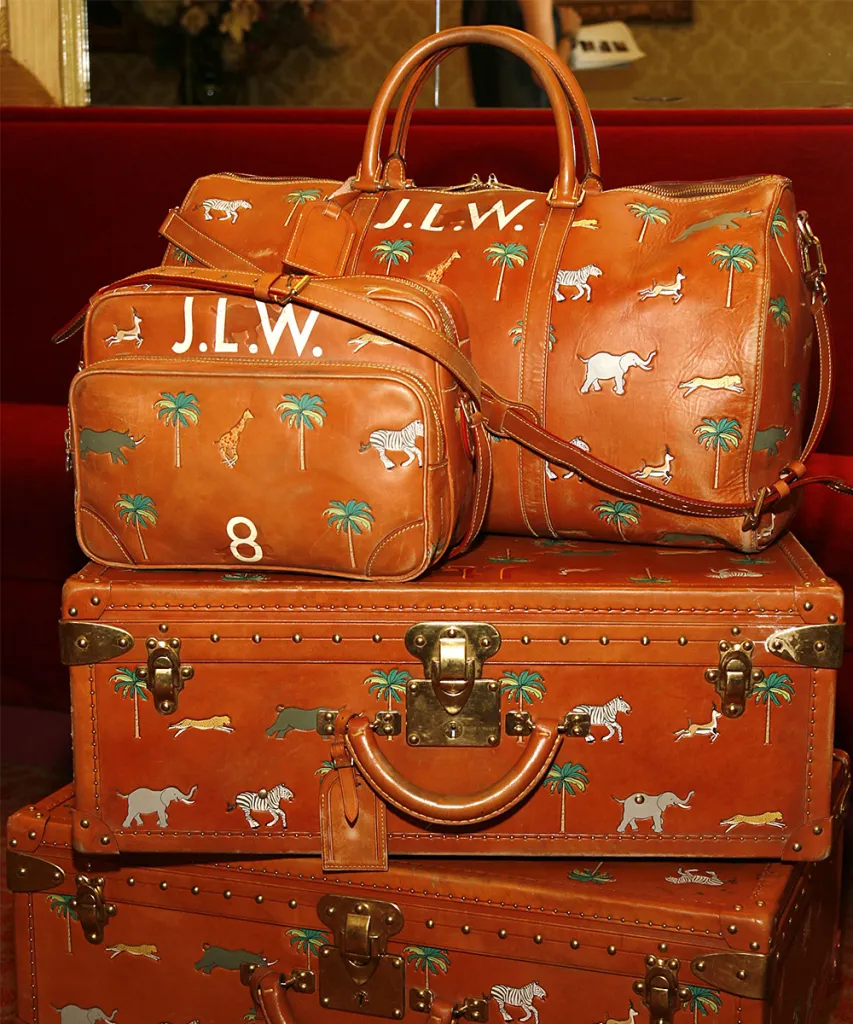
Getty
A Collaborative Nature
Anderson’s meticulous, almost surgical, approach to worldbuilding is a natural match for the luxury market. His obsession with detail and insistence on getting every element just so mirrors the ethos of many top fashion houses.
Consider Louis Vuitton, whose then-creative director Marc Jacobs designed the now-iconic safari luggage featured in 2007’s The Darjeeling Limited. Decorated with a repeating animal motif, the custom set of suitcases perfectly embodies the intersection of Anderson’s visual quirks and the craftsmanship of the maison. The influence of that collaboration lives on, not only in brands like Very Trouble Child, which built its identity around the whimsical iconography born from the Anderson-Jacobs partnership, but within Vuitton itself. Just last month, current creative director Pharrell Williams reintroduced the design in his India-inspired Spring/Summer 2026 collection, shown during Paris Fashion Week.
It’s impossible to talk about Anderson’s continued flirtation with the luxury market without mentioning his longtime partnership with Prada. With their shared love of a bygone, stylistic 1960s, a keen eye for color, and a fastidiousness in design, it’s no surprise that Wes Anderson and Miuccia Prada have collaborated with one another over the years.
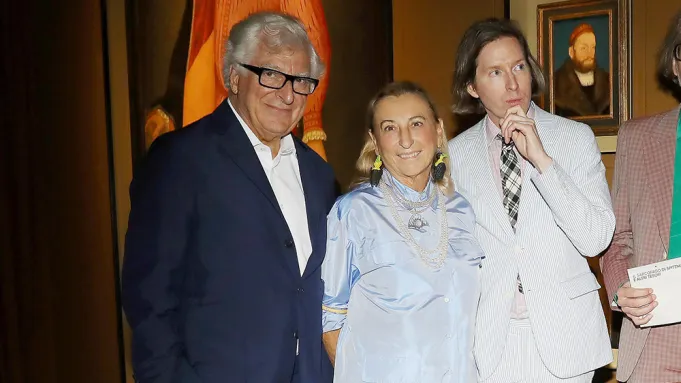
Getty
In 2013, Anderson was brought on to create a three-part commercial series for the launch of the Italian brand’s fragrance Candy L’Eau, which took inspiration from the Art Nouvelle film movement. That same year, Prada financed the short film Castello Cavalcanti, starring Jason Schwartzman, which premiered to great acclaim at the Rome Film Festival. And by 2015, the partnership had solidified with Bar Luce, a 1960s-style café located in Milan’s Fondazione Prada. With pastel accents and a confectionary design language that reflected both of their aesthetics, Bar Luce was a clear expression of their shared vision. And in the years since, Prada has made its way into Anderson’s film costuming, including 2021’s The French Dispatch.
Most recently, Anderson was tapped by Montblanc to help celebrate the 100th anniversary of their iconic Meisterstück pen. The collaboration included a commercial-cum-short film in Anderson’s unmistakable style, along with the release of his own limited-edition pen, the diminutive Schreiberling. With its playful proportions and vintage-inspired details, the pen feels right at home in Anderson’s world. It’s a collaboration that, on paper, might seem unexpected; but, in execution, it’s been a charming and successful pairing between the German penmaker and the American director.
Designer Set Dressing
It’s in this most recent partnership with Montblanc that we see Anderson turn his attention to the smaller details of set dressing. Rather than collaborating with big-name designers on wardrobe, he commissioned a range of luxury brands to create bespoke props, adding both verisimilitude and a touch of whimsy to his latest film, The Phoenician Scheme.
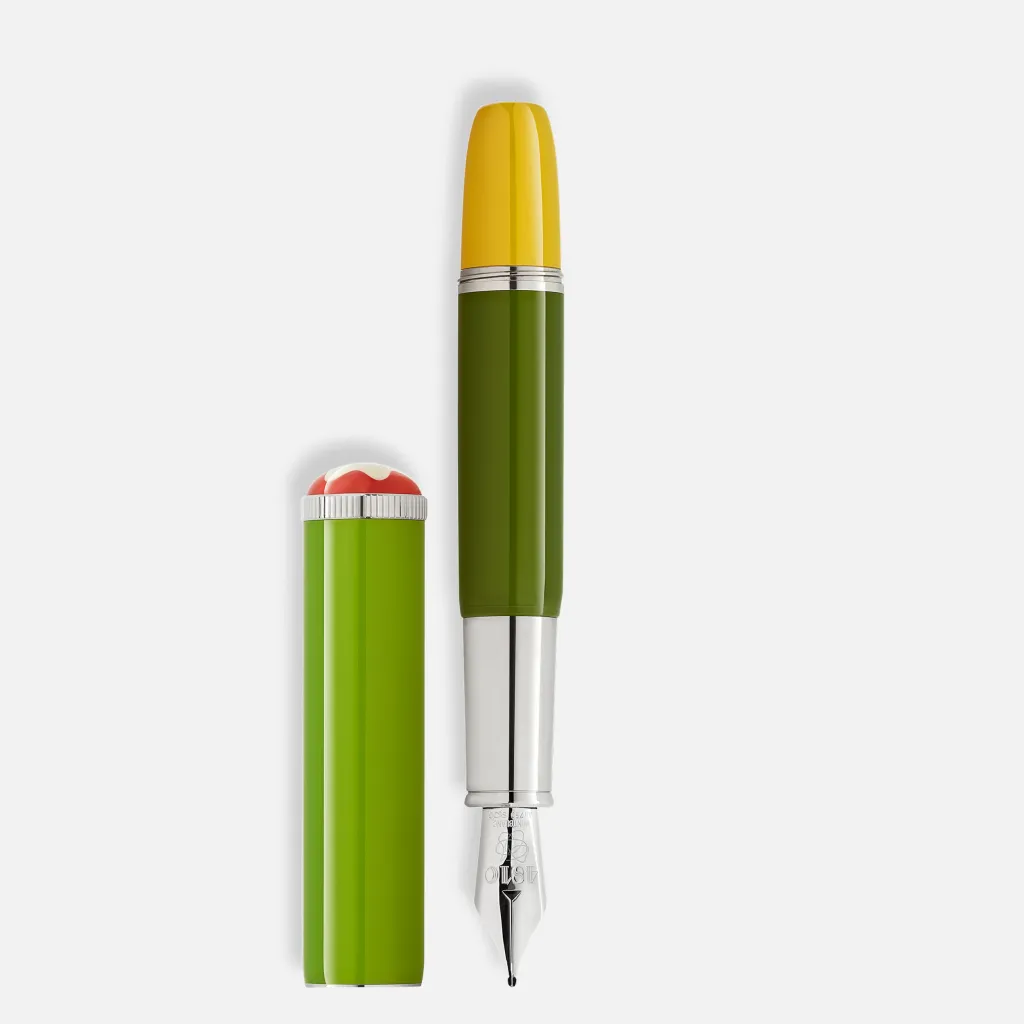
Montblanc
First among the brands commissioned by Anderson was English brand Dunhill, who designed a pipe specifically for the film’s plot as a gift passed from Zsa-zsa Korda (Benicio del Toro) to his 21-year-old daughter Liesl (Mia Threapleton), . Drawing on Dunhill’s own storied history in pipe-making, which dates back to the early 20th century, the design reimagines a classic American corn cob pipe in miniature, adorned with hand-cut semi-precious stones and framed in 18-carat gold. Equal parts prop and objet d’art, it fits seamlessly into Anderson’s meticulously crafted world.
Dovetailing off of Dunhill’s pipe is Edie Parker, whose limited-edition collection in partnership with Anderson includes a glass pipe inspired by Dunhill’s design, as well as a gemstone-studded gold lighter sleeve. Known for its playful, retro-inspired accessories, Edie Parker brings a touch of mid-century irreverence to the broader design around The Phoenician Scheme, while also echoing the film’s blend of elegance and absurdity, adding an element of offbeat glamour to the film.
Cartier, too, designed a key piece of costumery for the film. As reported by Vogue, Anderson personally commissioned them to create a custom rosary for the character Liesl after seeing a rosary from the 1880’s designed by the French house. The jewelers at Cartier built a larger-than-life, highly decorated white gold rosary, complete with a central ruby cabochon, emerald beads, and rose-cut diamonds. This not only speaks to the level of care Anderson brings to every aspect of his films’ costuming (and, let’s face it, an incredible budget he’s working off of), but also showcases the craftsmanship required to create something that, while undeniably extravagant, fits seamlessly into the world of The Phoenician Scheme.
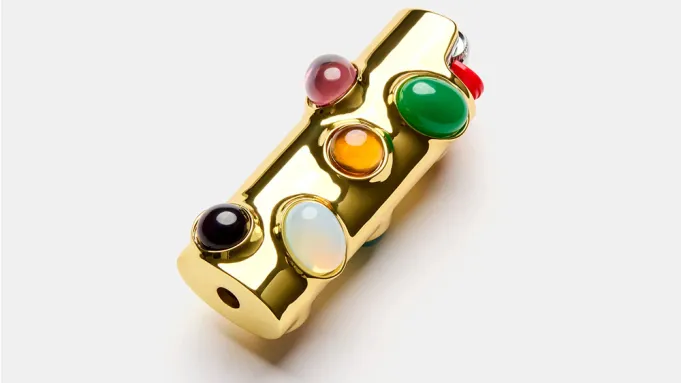
Edie Parker
Wes Anderson didn’t just focus on jewelry, though. Upon the release of The Phoenician Scheme, he also teamed up with Oliver Peoples on a limited run of ten pairs of sunglasses inspired by those worn by Benicio del Toro in the film. Handmade in Italy and stamped with both Anderson’s and del Toro’s names, these glasses offered fans a rare chance to own a tangible piece of one of his films.
Making The Imaginary Material
Wes Anderson’s unique vision continues to inspire collaborations that blur the lines between cinema, fashion, and art. His obsessive attention to detail not only shapes his films but also elevates luxury brands through thoughtful partnerships. By integrating bespoke craftsmanship into his storytelling, Anderson invites audiences to experience his worlds in both the cinematic and tangible realms, giving us the chance to experience designers in a whole new light (or on a 50-foot IMAX screen).
From the article by Brett Braley

